Ertach Kernow - Fall and Rise of Cornish Woodland
Cornish woodland covers less than ten percent of Cornwall which is far below the average for the UK of thirteen percent. However, there are large numbers of woodland areas, although none from an aspect of size could be termed a forest. Cornwall Councill’s ‘Forest for Cornwall’ project is a major effort in helping fight the climate emergency here in Cornwall. The aim is to increase the area of woodland by 8,000 hectares, nearly 20,000 acres amounting to 2% of Cornwall’s land mass, whilst preserving existing growth. This will not all be in one area, but spread out throughout Cornwall within existing woodland, parks, gardens and copse with corridors of natural land elements such as Cornish Stone Hedges, and hedgerows which encompass areas of bushes and grasslands.
Scotland with some nineteen percent of its land wooded has been criticised with a recent survey showing lack of proactive management. Native Caledonian pinewoods are in serious decline, with the spread of non-native conifers and growing deer population named as two major issues. Here in Cornwall the ‘Forest for Cornwall’ project emphasises the need to have the right trees planted in the right places, hopefully creating diversity of species and also encouraging other native Cornish plant types and localised ecosystems. Much of this will need to be on private land, but hopefully there will be increased areas open to the public with areas not open to people helping link woodland and natural features across Cornwall for wildlife. Loss of historic Cornish Stone Hedges is always very sad from both a historic and environmental point of view, and official and legal protection needs to be given to these structures.
Looking back in time Cornwall was never particularly well forested, perhaps due to the south-westerly prevailing winds, but far more so than today. The earliest record of Cornwall’s woodland was set out in the Domesday Book of 1086. The seven hundreds of Cornwall were split into some 350 manors, which includes the amount of woodland for each. Only in 21 were they large enough to be set out in square leucaes or leagues. The actual amount of land encompassed by a league is uncertain, but larger than those set out in acres which in turn was a larger amount than the modern acre.
Glebe land is that owned by the church bringing in revenue for individual Diocesan Boards. Until 1976 when the Endowments and Glebe Measure was passed by the General Synod of the Church of England, it benefited the parish incumbent priest. Past centuries saw Bishops of Exeter requesting Terriers or returns of answers to various questions from the local parishes. Only those in 1727, 1746 and 1806 included queries regarding trees, requesting number and value of all trees growing in the churchyard or within the wider glebe. There was a wide variety of answers and with many parishes advising that there were no trees whatsoever. These included Sithney, Redruth, Landrake and St Erney, Philleigh, and Landewednack. Others like Duloe reported 110 sycamores in the churchyard and 400 together with ash trees within the glebe as well as 59 limes in the vicarage walk. Many mentioned low numbers but that a considerable number had been planted in recent years. Quite a cross section of answers and numbers. Thinking about those Glebe Terriers of the 18th and early 19th centuries, some of those plantings have borne fruit and it’s now possible to go to many rural churches to enjoy the peace and quiet of a wooded space whilst also appreciating some of Cornwall’s historic churches
Early woodlands had been carefully managed, especially regards to oak, during the 13th and 14th centuries. This was due to this species in particular being used in charcoal burners, producing charcoal to create high temperatures for tin smelting. Until the later part of the 17th century smelting using charcoal was the main method of producing tin in Cornwall. The decrease in woodland as mining became more industrialised saw timber also being used as pit props. Certain parts of Cornwall where mining was intense were severely denuded of woodland. These areas included the parishes of Gwennap, Kea, Kenwyn, Illogan, Camborne, St Stephen-in-Brannel, St Austell and the Carnon Valley, which has Cornish place names indicating it was once well wooded, were by the early 20th century very sparsely covered.
Gradually the use of native Cornish timber reduced as imports from sources worldwide increased, imports reaching many thousands of tons by the early 19th century. The first air-furnace for smelting tin using coal was erected about the year 1680. Coal imported mainly from South Wales was increasingly used for local smelting in Cornwall, but also for the engines that pumped the water from the mines as they grew deeper. Ore was exported mostly to South Wales, Cornwall’s nearest source of coal via the coastal maritime trade, coal was then returned. This gradually led to a fall in demand for Cornish timber and the threat to woodlands receded. Cornwall’s mining magnets and landowners were by the late 18th century buying large estates and beautifying them through the addition of woodland as part of their estate gardens. Now owned by Cornwall Council, Tehidy Park at 250 acres is the largest woodland in West Cornwall. Begun as part of the parkland landscape created by John Pendarves Basset when rebuilding the mansion house in 1734, subsequently further belts of woodland were added. The earliest woodland is now a golf course. On a smaller scale is the recent estate tree planting at Trewithen where more than 30,000 trees have been planted since the 1990’s. Besides the many private estates containing woodland there are the larger landowners like the Duchy of Cornwall which has some 2,200 acres here in Cornwall. The Duchy has since 1997 applied the ‘close-to-nature' forestry principles to its woodlands, allowing for sustainable and diverse woodlands creating an attractive environment for the general public to enjoy.
The National Trust is perhaps better known for its ownership of historic and buildings of national importance. Dotted around the fifty National Trust sites in Cornwall, besides the coastal areas, are a number of woodland sites. Many of their sites in Cornwall including large historic houses owned by the trust such as Lanhydrock, Godolphin, and Trerice have wonderful gardens as well as woodlands. The Cotehele estate in the far east of Cornwall besides its 15th century house has some 1300 acres of woodland and fields stretching down to the River Tamar. The Forestry Commission owns a number of sizeable woods through Cornwall. Perhaps best known is Cardinham Woods near Bodmin at nearly 650 acres. Many walks and activities are available there besides just being able to enjoy the wooded space. Amongst the many other woodlands owned by the Forestry Commission are Davidstowe Woods at nearly 275 acres, Wilsey Down Woods 408 acres, St Clement Woods 281 acres. These are not just places for the public to enjoy, they with timber production are an important part of Cornwall’s rural economy.
The Woodland Trust are the UK’s largest woodland conservation charity with a vision where woods and trees thrive for people and nature. They protect woods and trees helping prevent loss of irreplaceable habitat, bring damaged ancient woods back to life and improve landscape resilience allowing nature to thrive. The trust have other goals and aims, and the creation of new woodland and planting of trees is all part of its work. They own a number of woodlands in Cornwall and work with other woodland owners and partners to benefit both nature and people. Cornwall Wildlife Trust believes in a wilder future for Cornwall, where wildlife and wild places are cherished for all to enjoy. Creating a Cornwall where nature thrives is how Cornwall Wildlife Trust heads up its website and I’m sure that the vast majority of people are on board with that. Looking at some of the 59 areas of land owned by the Cornwall Wildlife Trust there is a wide variety ranging from ancient woodland to saltmarshes, heathland and grassland. Included within some 5,500 acres are small nature reserves of just a few acres and some larger, approaching 200 acres. What is important is that many of the smaller sites help protect individual species of plants, animals and insects.
Those walking woods in Cornwall may have seen signs saying, ‘Woodland Welcome’. This is a scheme where private wood owners obtain grants from the Forestry Commission in return for allowing the public access to the land.
Contrary to popular belief that Cornwall relies entirely on tourism, the largest sector of the Cornish economy remains forestry, farming and fishing. So not only do Cornish woodlands and countryside create wonderful space for us to enjoy, they also create huge employment and business opportunities. Cornwall finds itself in a period where pressure on our infrastructure and natural environment has never been greater, combined with potential losses to cultural identity and heritage. Ensuring that these are retained and improved, along with best use of our natural resources, are reasons to support the many organisations and charities working to preserve and protect the things we value about Cornwall including our woodlands.
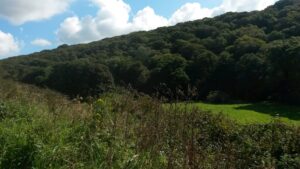
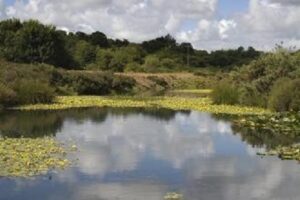
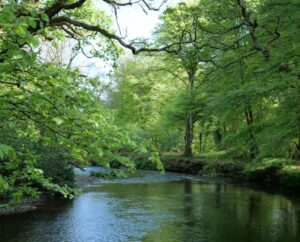
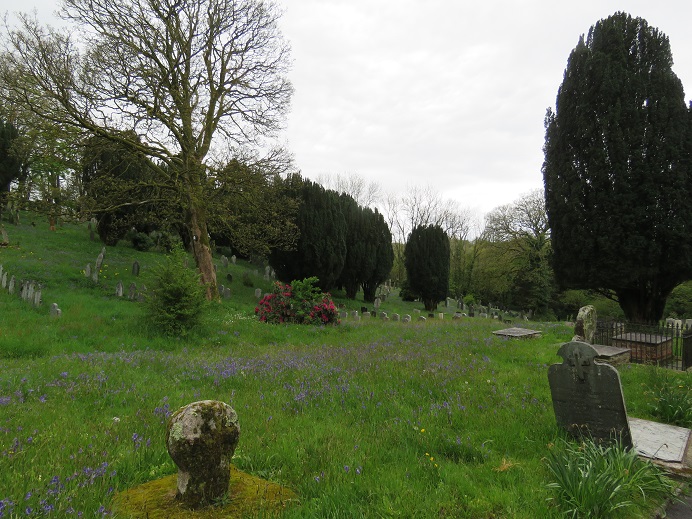
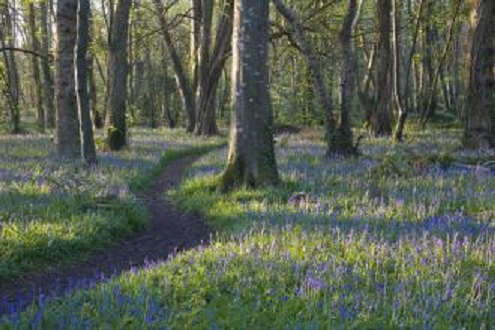
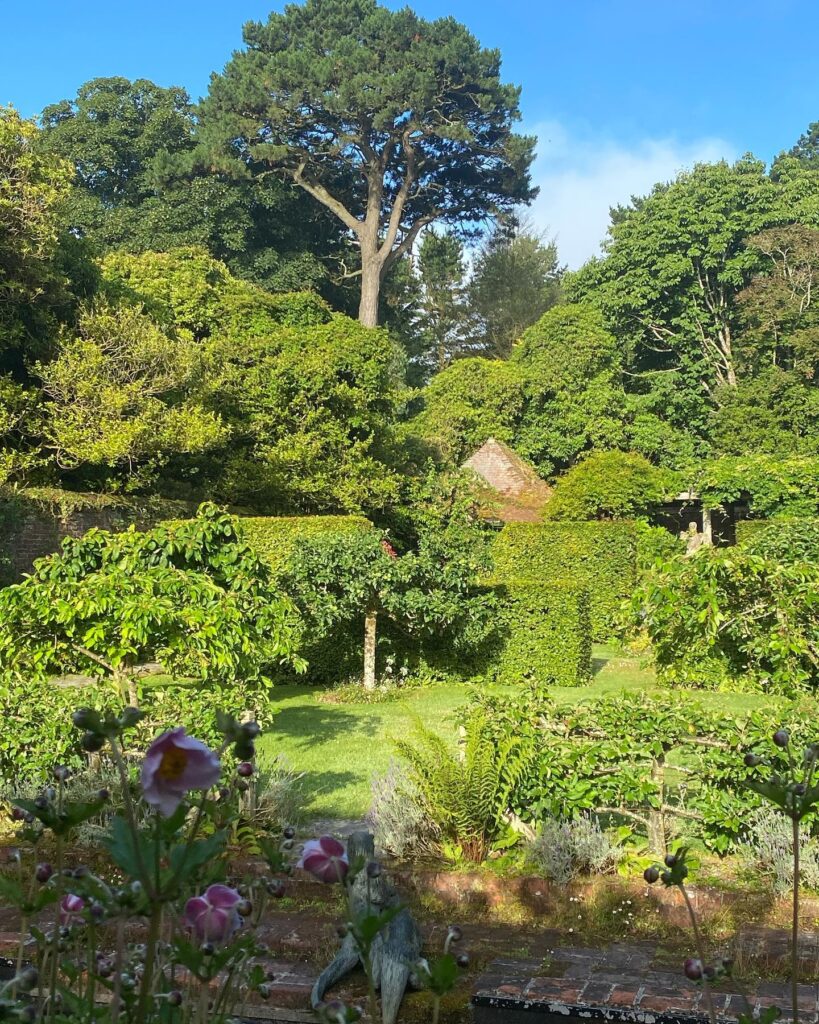
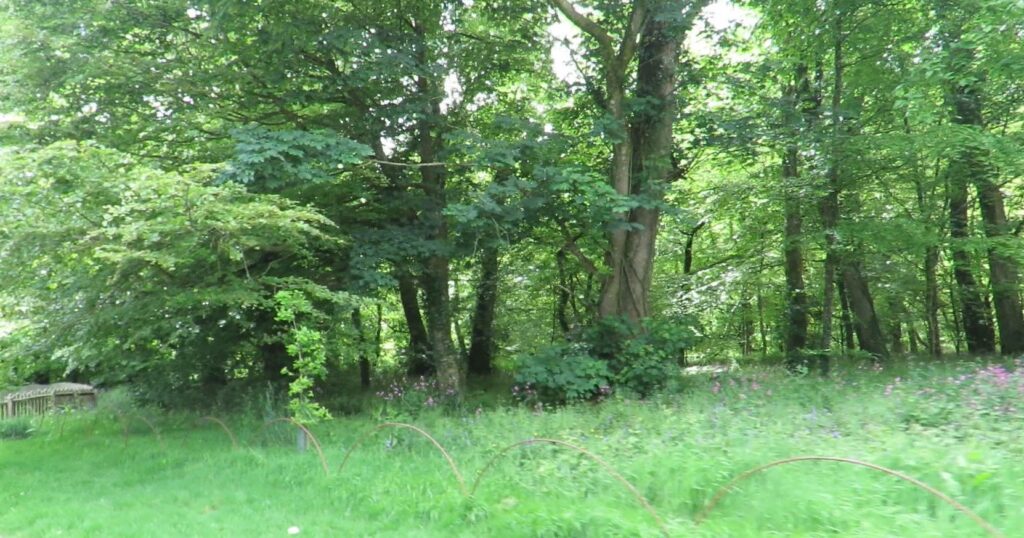
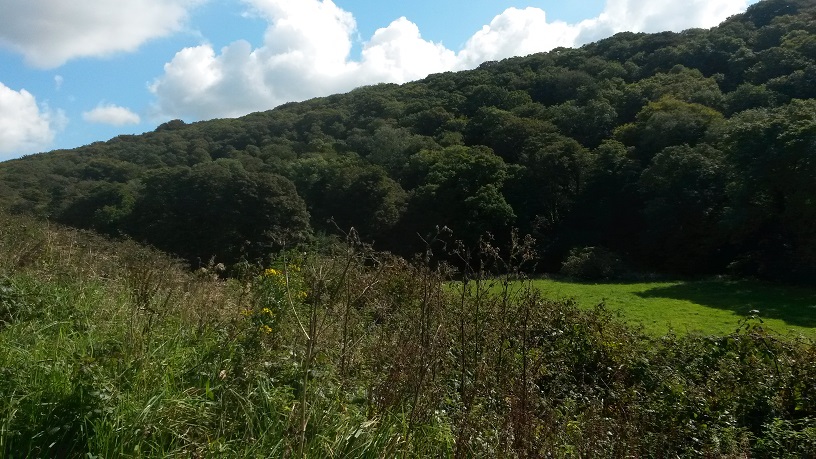
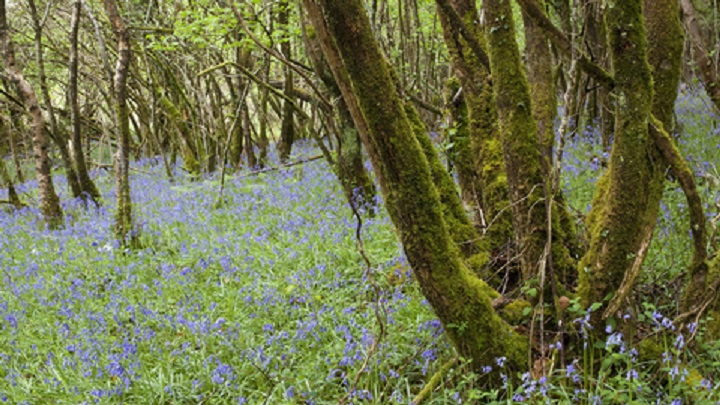
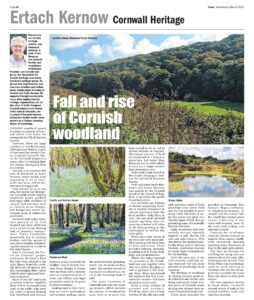
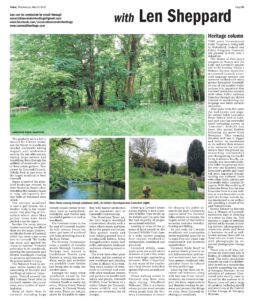
![[153] Ertach Kernow Heritage Column - 31st May 2023 - Heritage Column Ertach Kernow Heritage Column - 31st May 2023 - Lowender - Kresen Kernow - Celtic Congress Cornwall](https://www.cornwallheritage.com/wp-content/uploads/2023/06/153-Ertach-Kernow-Heritage-Column-31st-May-2023-Heritage-Column-283x300.jpg)